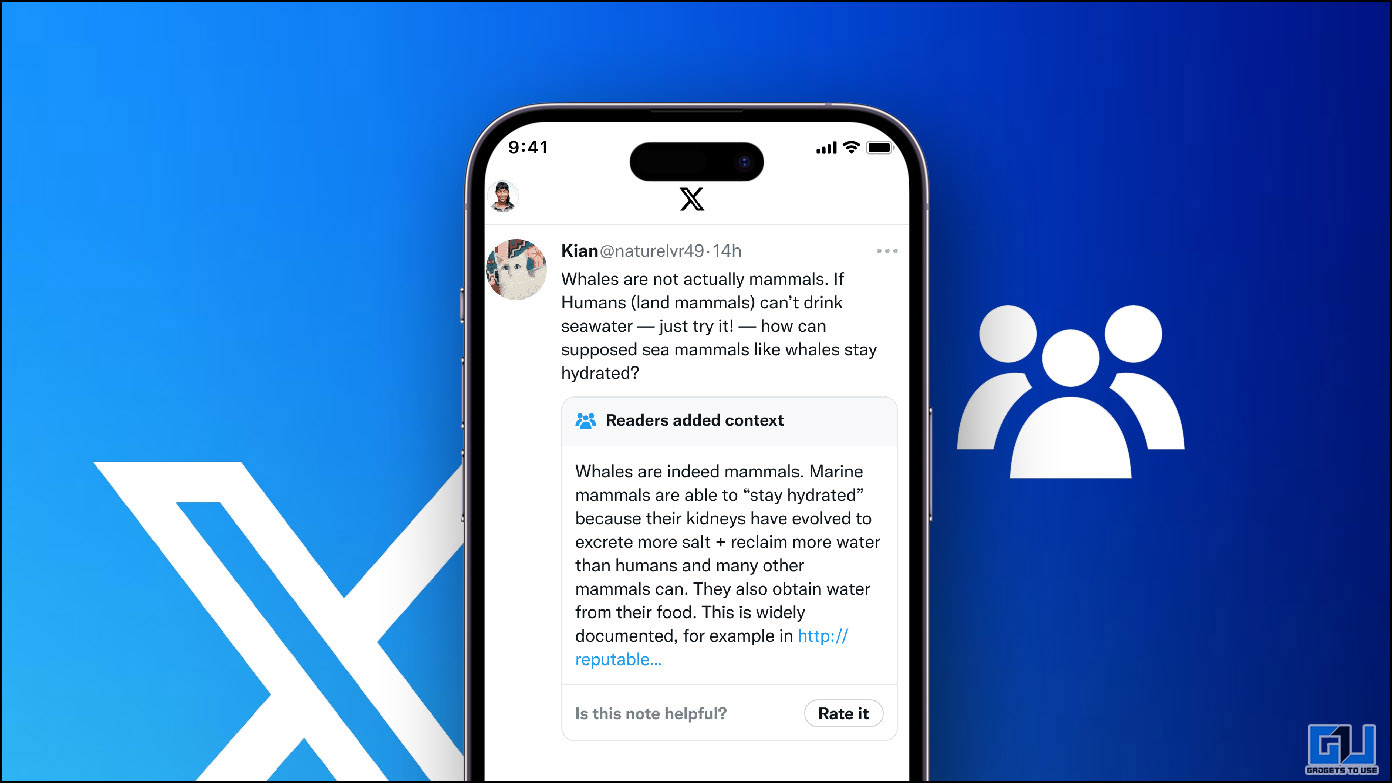More and more people these days rely upon their smartphones for navigation through a busy work day. Many smartphones these days including the budget devices and also the mid range devices, Don’t offer you magnetic Compass or, to be technically correct, Magnetometers. In this post we will cover the basics of smartphone navigation and how important is a magnetic compass in your device from navigation point of view.
Navigation using GPS
There are 27 GPS (Global Positioning System)satellites in orbit around the earth. Out of these 24 are used actively and 3 are there as back up. In order to determine your location a GPS receiver in your smartphone has to locate at least 3 satellites within its line of sight. This can be a problem specially in urban environment where your GPS signal is often blocked by various obstacles like buildings and trees. The result is long GPS locking times and the eternal “Searching for GPS” label gets quite frustrating. To solve this problem A-GPS is used.
Navigation Using A-GPS
A-GPS or Assisted GPS helps to better triangulate your position by using cellular network data to triangulate your position. It improves the “Time to First Fix” or TTFF which is initial time taken to triangulate your position. A-GPS acquires the location of satellites via cellular networks thus speeding up the process. When GPS signals are week, the cellular signals come in quite handy to locate your smartphone.
If you are using only GPS for navigation, then you don’t require a 2G or 3G data connection. But with the use of A-GPS you will require a data connection to interact with the cellular network servers. You can go through the linked tutorial to use A-GPS to assist you with Navigation.
Use of Magnetic Sensor or Digital Compass
As is evident from the basics of smartphone navigation mentioned above, GPS and AGPS are sufficient to provide you with basic navigation. When your GPS sensor is week or the GPS signal is week, as is the case with many budget smartphones, you can use A-GPS, using the linked tutorial.
The Magnetic sensor in your smartphone is not an actual magnet, it is however capable of sensing the magnetic field of earth (using Halls effect) and determining your Direction. With magnetic Compass turned on while using the navigation app, your navigation will be more precise.
The Magnetic sensor will show minute details like change in your orientation as well. You can change your direction and you will be able to see that on your smartphone screen. This is particularly help full when you are using navigation on foot. In the Absence of magnetic senor you can see your position on the Map but, not your orientation. the Map doesn’t rotate when you do. Magnetic sensor helps you to take that first step in the correct direction with the help of the direction pointer.
Thus Magnetic sensor adds details to enhance your navigation experience, but it is not a necessity. Good navigation primarily requires good GPS receiver and Good A-GPS synchronization.




